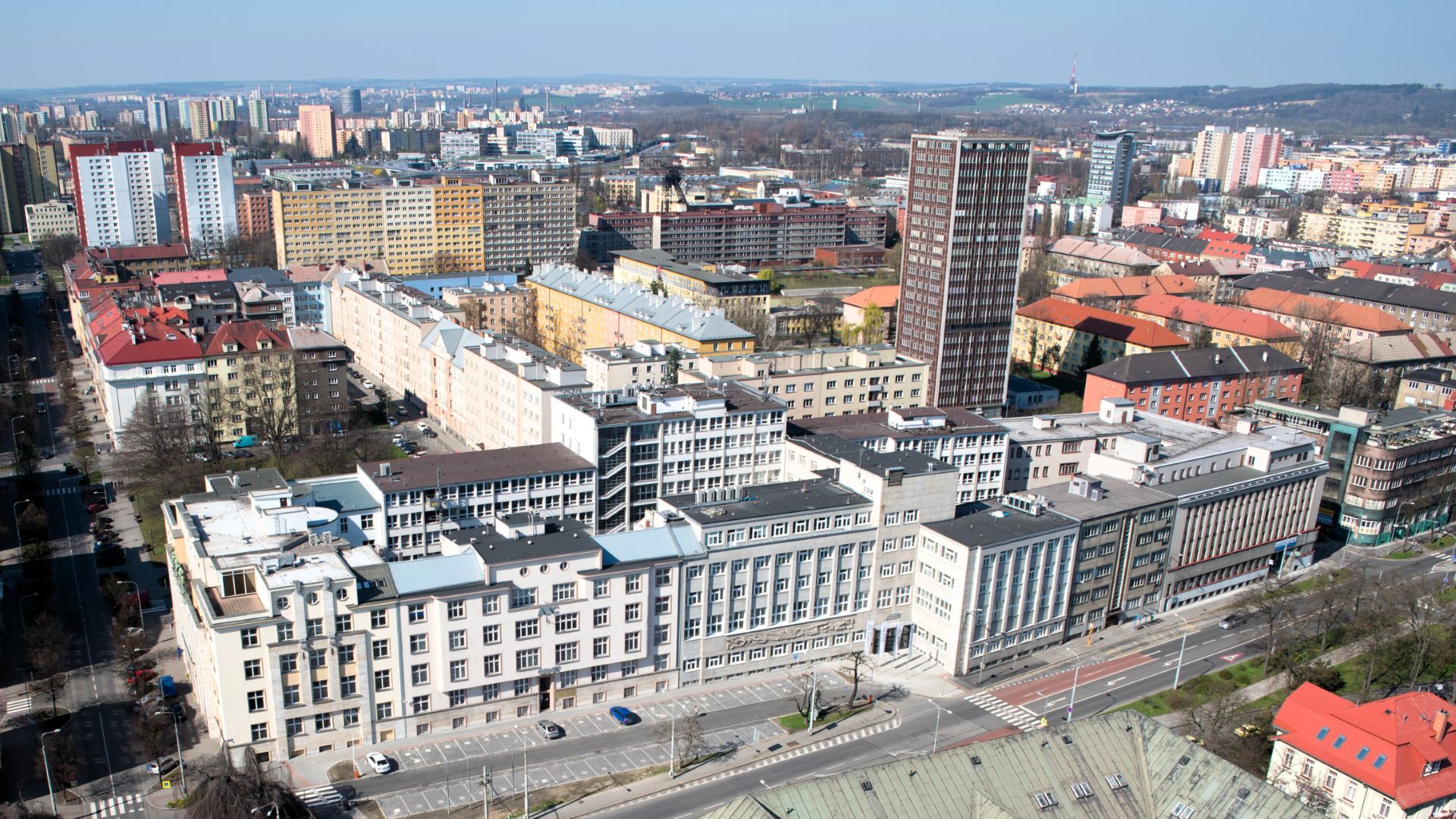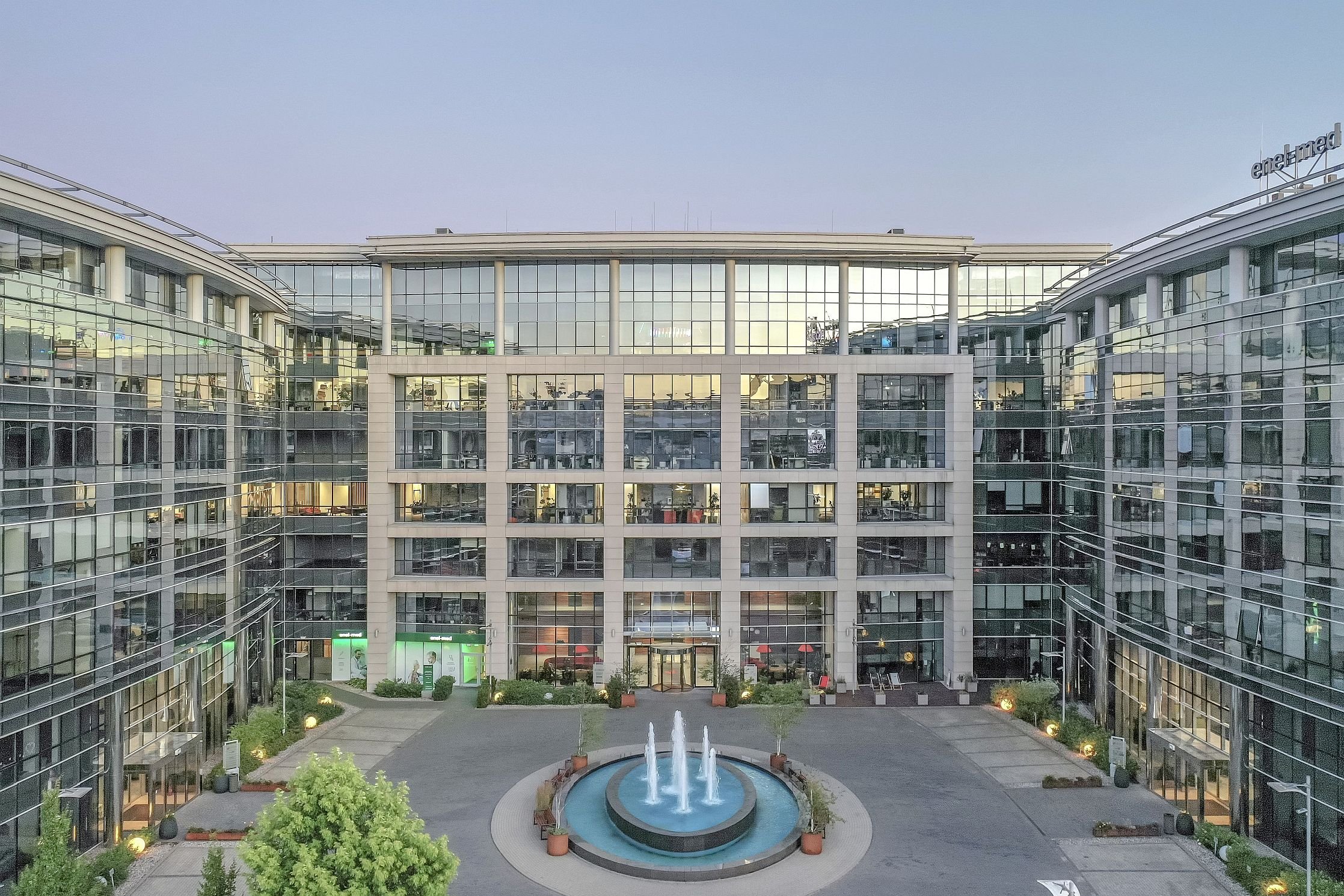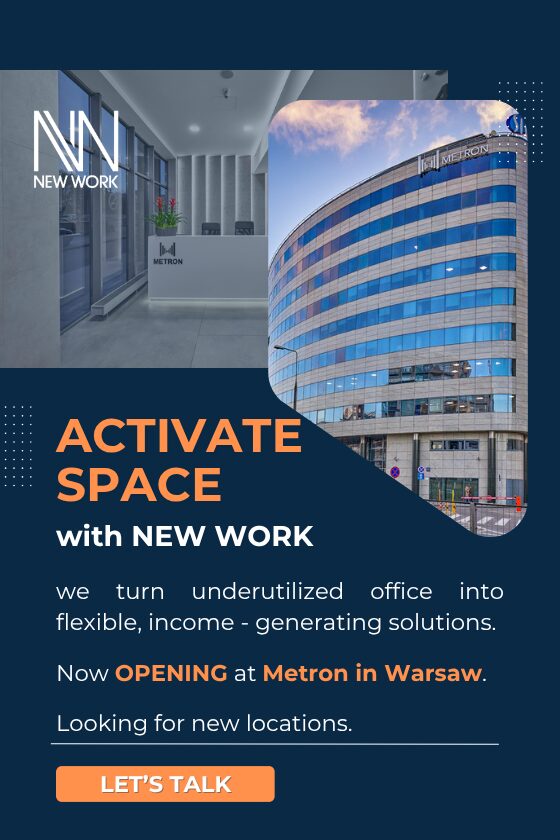Similarly to Prague, Brno recorded only a slight year-on-year increase in the supply of modern office space in 2024, with the total market size growing by only 8,600 sqm. The same was also true in Ostrava, where construction of modern office buildings has stagnated in recent years (with only a few exceptions), and the average annual completed area over the last 5 years is 5,800 sqm. Despite the lower supply, both cities represent an attractive alternative for investors – rental prices are stable and lag behind the Prague market. At the end of 2024, rents for premium office space in Brno were €17 per sqm per month, while in Ostrava, they ranged between €14 and 14.50. Other regional cities, especially Pilsen, Hradec Králové and Olomouc, could attract investors’ attention in the coming years thanks to new projects and improving transport infrastructure. This is according to Colliers’ latest analysis of the regional office market.
Brno expects stronger growth
The second-largest city in the Czech Republic recorded only slight growth in the supply of modern office space in 2024. Thanks to a slowdown in construction activity, the total market size grew by only 1 percent year-on-year to 699,300 sqm. The vacancy rate decreased by 14 basis points year-on-year to 12.7 percent, representing approximately 88,500 sqm of immediately available space. Of the total available space, 51 percent is located in Brno Střed, which accounts for 53 percent of the local office market, and 19 percent in Královo Pole.
In absolute terms, the market for modern office space in Brno grew by 8,600 sqm during 2024, thanks to a single project: Building I in the CTP Vlněna complex south of the city centre. This architecturally impressive project was approximately one-third occupied upon its completion. “The volume of new offices last year was well below the five-year average of almost 22,000 sqm,” explains Josef Stanko, Director of Market Research at Colliers, adding that the coming years promise an average to above-average volume of new construction.
At the end of the year, 78,000 sqm in modern office space was under construction in eight projects. Titanium X (also known as Skylight X) is scheduled for completion in 2025, offering approximately 10,900 sqm and located just a few minutes south of the city centre. The Cerit Science Park III project will also be completed. It will expand the office area around Centrum Šumavská in the Královo Pole district by a further 10,800 sqm. Two buildings, D4 and D2/D3, called Montowna, will be built in Nová Zbrojovka, with a total area of 24,500 sqm. Another important project is the A4 building, which will expand the Ponávka site by 16,800 sqm.
The good news for potential occupants is that growth in rent prices in Brno is lagging behind the Prague office market. “At the end of Q4 2024, rents for premium office space in modern-design projects were around €17.00 per sqm per month. This benchmark may start to increase as some new projects become more expensive due to rising construction costs,” says Josef Stanko.
Ostrava attracts with affordable prices
Even Ostrava, the third-largest office market in the Czech Republic, did not see a significant increase in new office space in 2024. Nevertheless, it is becoming an attractive alternative for investors looking for quality but more affordable space outside the capital.
“Construction of modern office buildings has stagnated in recent years, except a few projects. The average area completed per year over the last 5 years is 5,800 m², but we have seen only five projects completed in these 5 years,” comments Josef Stanko.
At the end of the second half of 2024, the Ostrava office market reached 250,300 sqm. A positive sign and proof of the interest in space in Ostrava is the decrease in the vacancy rate to 11.6 percent, which represents a year-on-year decrease of 430 basis points. In absolute terms, 29,000 sqm of vacant space was available in Ostrava at the end of 2024. A significant 83 percent of the vacant space is located in the prime office locations of Moravská Ostrava and Přívoz, where 79 percent of the local office market is concentrated.
“Investors and tenants will be pleased to know that several ambitious projects are planned in the city that could expand the supply of office space in the coming years,” says Josef Stanko. For example, the construction of the Václav mixed-use building by the Antracit development group began at the end of January 2025 and will offer 3,000 sqm of office space by early 2027. Significant potential for further development lies in obsolete buildings and brownfield areas scattered around the city, especially in the Moravská Ostrava and Přívoz districts.
One of the Ostrava office market’s main competitive advantages remains its favourable rental prices. The benchmark for prime rents is considered to be in the range of €14.00 to €14.50 per sqm per month, which is significantly lower than in Prague. Unlike in Brno or Prague, there is no upward pressure in Ostrava from costly new construction.
A flexible office market is also developing in the city, with new operators emerging and new centres being built. A major player is the business incubator BBiO, which offers, under the Hygge brand, an entire building with a total area of 6,700 sqm as a co-working space with flexible lease periods. Scott.Weber Workspace has also entered the market, offering 4,600 sqm in the recently completed Organica building. IWG then operates one centre in the Platan Office and plans to open another shortly near Masaryk Square in the Laso shopping centre. Impact Hub is operating unchanged, and ClubCo has recently expanded with additional space within IQ Tower.
Regional cities are gaining momentum
Other regional office markets also have interesting potential. The volume of modern office space in regional cities ranges from 30,000 to 100,000 sqm, with Olomouc, Hradec Králové, Pardubice and Plzeň having the most extensive supply. Thanks to improving transport accessibility and developing infrastructure, these cities can be expected to attract even more investor attention in the future. “As the Czech motorway network expands and train connections improve, new job opportunities are being created in areas that were previously considered too remote,” explains Josef Stanko. The growing popularity of hybrid work models also supports this trend.
“Growth in rent prices in the regions is weaker than in Prague or Brno, which, with current construction costs, is partly complicating commercial development,” says Josef Stanko. Nevertheless, he says the situation is beginning to stabilise, and interesting new projects are appearing in some cities.
The city with the most interesting potential for new construction is currently Pilsen. Although the large-scale Ameside project faces complications after its zoning permit’s revocation in early 2024, other projects are entering the implementation phase. These include Investika’s multifunctional project at Anglické nábřeží and Antracit Group’s Antracit Plzeň project. Both are expected to add several thousand m2 to the local offer for office space.
The Redstone Real Estate Group is preparing an ambitious project called Pernerka (also known as Galerie Pardubice) in Pardubice. Construction is expected to start in the first half of 2025, with completion planned within three years. Recently, CFIG completed its Palachovka project in Pardubice; construction had begun back in 2009.







